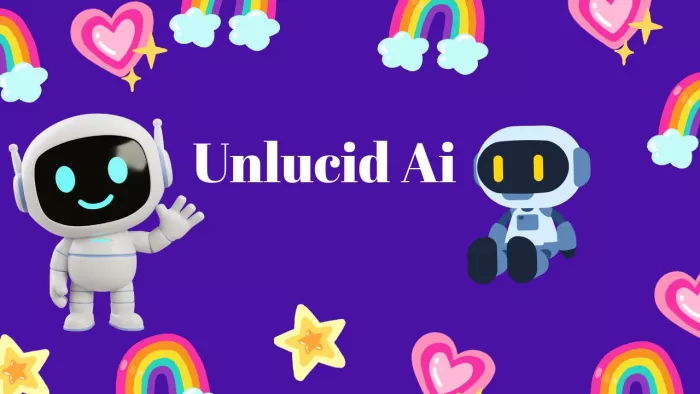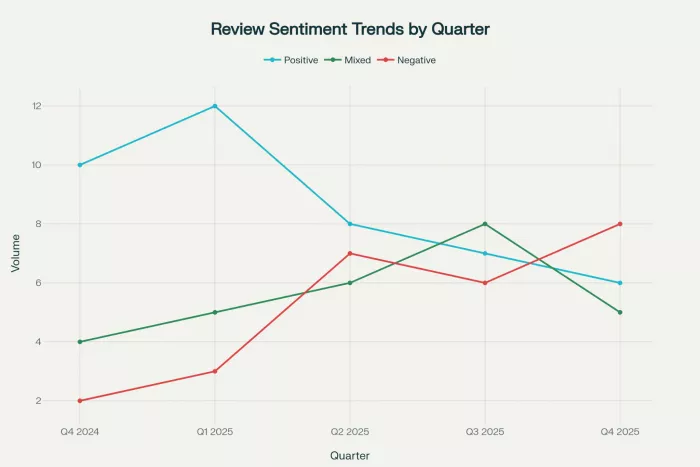
Table of Contents
Unlucid AI: A Critical, Data-Driven Review - Is It Better Than Its Competitors?
Unlucid AI stands out in the AI-powered content creation space as an uncensored, web-based platform, offering users the tools to generate and animate visuals without the restrictive filters found on mainstream competitors. This promise of creative freedom appeals to artists, meme-makers, and those experimenting in genres that traditional platforms often block. However, this open approach comes with notable trade-offs in reliability, transparency, and professional suitability.
In this article, we will critically examine Unlucid AI through a neutral lens, focusing on its promise of unrestricted creative generation and the real-world trade-offs users face.
Platform Breakdown
👉Experience and Features
The platform’s core features include text-prompt image generation, photo manipulation, and short video creation with motion effects. Content generation runs on a virtual “Gem” system, providing limited free credits and incentivizing paid plans for regular users. Unlucid’s interface is functional but sparse; beginners find its simplicity useful, while seasoned creators often note its lack of polish compared to competitors.
Key strengths identified by users:
- Uncensored output: Enables work in fantasy, mature, or experimental genres most AI tools would block.
- Speed and accessibility: Fast generation for social content, particularly TikTok/Instagram-style videos.

- Layered effects: Animated transitions and video effects available with a few clicks, providing a playful creative process.
Significant weaknesses include:
- Transparency and security: Multiple site audits rate Unlucid as “low trust”—flagging issues with domain age, anonymity, and absence of clear safety guidelines or contacts.
- Reliability: Reports of account suspensions, loss of credits, and near-total lack of customer support are common, creating risks for paid users.
- Output quality: While adequate for casual or social use, video and image outputs are often described as inconsistent and unsuitable for commercial project delivery.
Review Trends and Comparisons
Review volume and sentiment have shifted over the past year, with a noticeable increase in complaints about trust and reliability alongside the platform’s growth in user base. Mixed reviews reflect a split in use-case fit: Unlucid is effective for experimental projects but raises concerns for creators expecting professional stability.

Competitors and comparison
Compared with popular alternatives—Runway ML, Stable Diffusion, Topview AI, and HeyGen—Unlucid AI excels in creative freedom and minimal content filtering but lags in community support, commercial readiness, and trust indicators. Key competitors offer broader feature sets, clearer transparency, and higher output consistency.
Runway ML is a close competitor, matching Unlucid’s video and image generation capabilities while providing more advanced multi-user, community, and marketplace features—but with stricter safety filters.
Stable Diffusion stands out in custom and open-source image generation, ideal for users wanting deep control and flexibility, though it does not natively support video or streamlined social sharing.
Topview AI focuses on rapid video generation and promotional content for marketers, excelling in fast output and bulk sharing, yet omitting robust image tools and uncensored creative options.
The comparison highlights a core market divide: Unlucid AI fits those who value experimental, unfiltered creation, while the alternatives offer greater reliability, professional polish, and collaborative functions suited to commercial use cases.
Conclusion: Should You Use Unlucid AI?
Unlucid AI serves casual creators and experimental artists seeking flexibility outside the boundaries set by more traditional AI platforms. Its value lies in granting creative control with minimal setup—but its drawbacks in security, transparency, and output reliability mean professional users or privacy-conscious individuals should proceed with caution and explore competitors for commercial needs. Always test thoroughly with free credits before making a financial commitment.


Comments